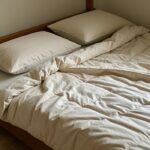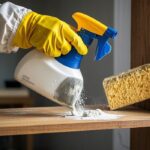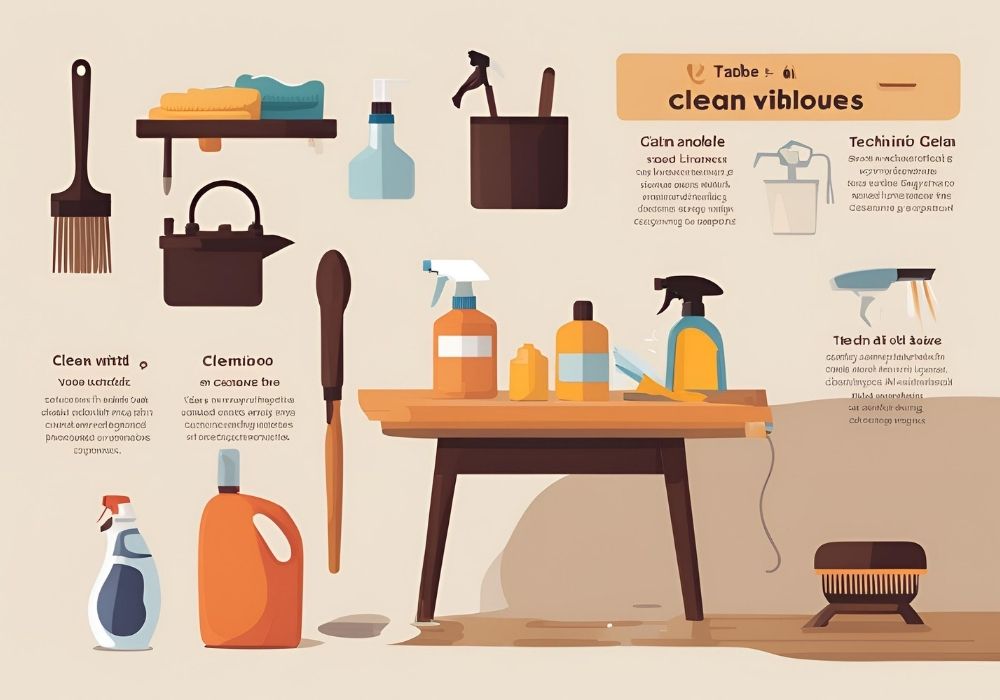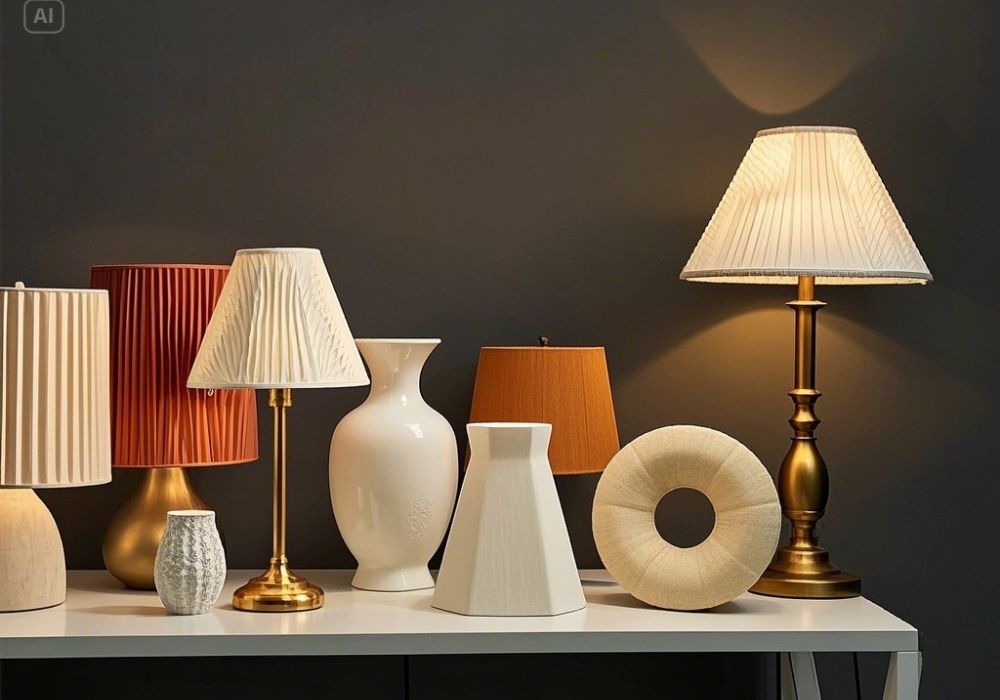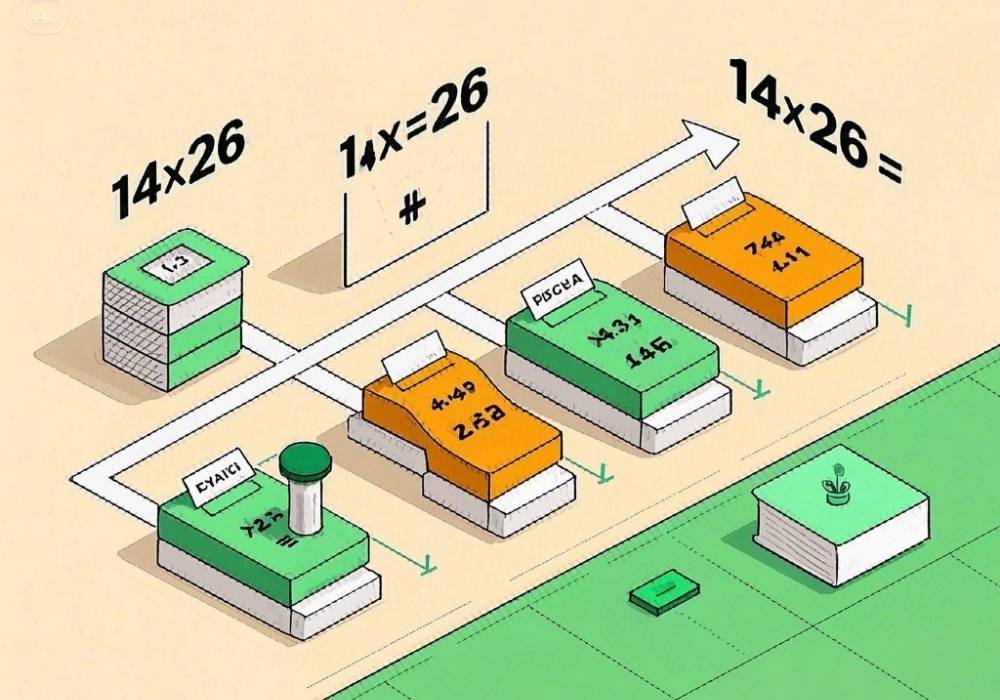Wood tables are timeless furniture that bring warmth and character to any home. Whether it’s a vintage dining table passed through generations or a sleek modern coffee table, proper cleaning is essential to keep it looking its best. But cleaning wood requires care—one wrong move can result in water stains, scratches, or worse.
This guide provides everything you need to know about cleaning a wood table—whether it’s dusty, sticky, or stained—while protecting its natural beauty.
Why Proper Cleaning Matters

Wood is a natural material easily affected by moisture, chemicals, and abrasions. Neglect or improper care can lead to:
- Fading or discoloration
- Warping from excess water
- Surface scratches or dullness
By cleaning your wood table the right way, you maintain its appearance and extend its lifespan.
Supplies You’llYou’ll Need
Before getting started, gather these essential supplies:
- Microfiber cloths (gentle and lint-free)
- Soft-bristle brush (optional for detailed edges)
- Mild dish soap
- White vinegar (a natural cleaner)
- Olive oil or a commercial wood polish
- Warm water
- Dry towel
- Specialty cleaner (for tough stains or finishes like lacquer)
Avoid harsh chemicals or abrasive scrubbers, as they can strip away finishes and damage the wood.
Step-by-Step Guide to Cleaning a Wood Table
1. Dust the Surface

Regular dusting is the first step to keeping your wood table clean. Dust particles may seem harmless, but over time, they can create tiny scratches on the surface.
- Use a dry microfiber cloth to remove loose dust gently.
- Use a soft-bristle brush to dislodge dust from crevices for carved or detailed areas.
- Dust at least once a week to prevent buildup.
2. Clean with a Gentle Solution
A mix of mild dish soap and warm water works wonders for everyday grime or sticky spots.
- Mix a few drops of dish soap into a bowl of warm water. Avoid soaking the cloth in water—moisture is wood’s enemy.
- Dampen a microfiber cloth and wring it out thoroughly to avoid excess water.
- Gently wipe the surface in the direction of the wood grain.
- Use a dry towel immediately afterward to absorb any remaining moisture.
3. Tackle Tough Stains
Accidents happen—whether it’s spilled tea, ink, or candle wax. Here’sHere’s how to address different types of stains:
Water Rings
Water stains appear as white rings due to moisture trapped in the finish. To fix:
- Place a clean, dry cloth over the stained area.
- Rub gently with a warm iron (on low heat) for a few seconds. The heat helps evaporate the trapped moisture.
Ink or Marker Stains
For ink stains:
- Mix white vinegar with a pinch of baking soda to form a paste.
- Apply the paste gently to the affected spot using a cloth.
- Wipe clean and dry immediately.
Sticky Residue
Sticky spots can often be tackled with a vinegar solution.
- Mix equal parts white vinegar and water.
- Dampen a cloth in the solution and gently rub the area. Dry thoroughly.
4. Condition the Wood
Over time, wood can lose its luster and natural oils. Apply a conditioner or polish every few months to restore its shine:
- Use olive oil with a few drops of lemon juice for a DIY solution or a store-bought wood polish.
- Apply evenly with a lint-free cloth and buff it toward the grain.
- Avoid over-polishing, as it can cause buildup or make the surface slippery.
5. Protect the Table
Preventing future damage is just as important as cleaning. Take these precautions to protect your wood table:
- Use coasters and placemats: Prevent water rings and heat damage from hot dishes.
- Avoid direct sunlight: Exposure to UV rays can fade the finish over time.
- Rotate decorations: Move vases or other objects periodically to avoid uneven fading.
Maintenance Tips for Long-Term Care
Know Your Table’sTable’s Finish
Different wood finishes—such as lacquer, wax, or polyurethane—have unique cleaning needs. For example:
- Lacquer finishes are more sensitive to moisture and require specialty cleaners.
- Wax finishes benefit from reapplication every 6–12 months to maintain protection.
Always consult your manufacturer’smanufacturer’s cleaning instructions to ensure compatibility with cleaning products.
Stay Consistent
Rather than waiting for grime to build up, make cleaning part of your routine:
- Dust weekly.
- Clean spills immediately to avoid stains.
- Polish every three months (or as recommended by your table’stable’s manufacturer).
Signs It’s Time for Refinishing
Even with diligent care, wood tables may need refinishing after years of use, especially if:
- Surface scratches or dents are visible.
- The finish appears dull or uneven.
- Water damage is widespread.
Professional refinishing can make your table look brand new. Alternatively, homeowners experienced in DIY projects may consider sanding and reapplying the finish themselves.
Frequently Asked Questions
How often should I clean my wood table?
Clean your wood table weekly with a soft, damp cloth to maintain its beauty. Always dry it immediately to prevent moisture damage.
Can I use regular household cleaners on my wood table?
Avoid using harsh household cleaners, as they can damage the finish. Stick to cleaners specifically designed for wood, or use a mild soap and water solution.
How can I prevent scratches on my table?
Placemats, coasters, and tablecloths should be used during use to prevent scratches. Sharp or heavy objects should not be placed directly on the surface.
Should I refinish my table on my own or hire a professional?
Refinishing your table can be rewarding if you’re experienced with DIY projects. However, to protect the integrity of intricate or antique tables, hiring a professional is often the best choice.
The Bottom Line
Your wood table is more than just a piece of furniture—it’s an investment, a gathering point, and often a cherished heirloom. Cleaning and maintaining it doesn’t have to be difficult with the right approach.
Following these simple steps and treating your table carefully will preserve its beauty and functionality for years. Do you have a tough spot or need expert advice? Drop your questions in the comments or share your cleaning success stories below!

